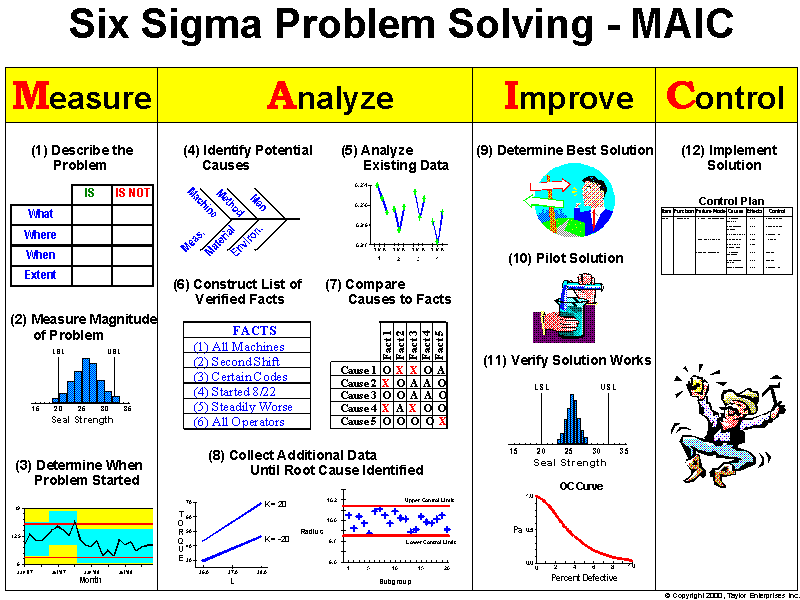Solving The Disappearance: Methods And Techniques For Investigation

Table of Contents
Initial Stages of a Disappearance Investigation
The initial hours and days following a disappearance are critical. Swift and meticulous action can significantly impact the outcome of the investigation.
Gathering Information from Family and Friends
The first step involves thorough interviews with family and friends of the missing person. This is where the foundation of the investigation is laid.
- Importance of initial witness interviews: Early interviews can reveal crucial details about the missing person's routine, relationships, and potential conflicts. These early accounts provide a baseline for later comparisons and help identify inconsistencies.
- Techniques for sensitive questioning: Investigators must employ empathy and sensitivity when questioning grieving loved ones. Open-ended questions, active listening, and a non-judgmental approach are crucial.
- Gathering background information: This includes details about the missing person's employment, social circles, financial situation, medical history, and any known mental health concerns. This comprehensive profile helps investigators build a picture of the individual's life and potential vulnerabilities.
- Identifying potential suspects or persons of interest: Investigators should carefully assess the missing person's relationships to identify anyone with a motive or opportunity to be involved in their disappearance.
- Documenting all information meticulously: Every piece of information, no matter how seemingly insignificant, needs to be meticulously recorded and preserved for future analysis. Detailed notes, audio recordings, and video documentation are all essential.
Securing the Missing Person's Property
A thorough search of the missing person's home and vehicle is paramount in uncovering vital clues.
- Searching the missing person's home and vehicle: Investigators should meticulously search for signs of a struggle, discarded items, or anything out of place. This includes examining computers, phones, and other digital devices.
- Proper evidence collection techniques: Maintaining the chain of custody is critical to ensure the admissibility of any collected evidence in court. Proper protocols must be followed to prevent contamination or tampering.
- Identifying potential digital footprints: Computers, smartphones, and social media accounts can provide invaluable information about the missing person's activities, communications, and relationships leading up to their disappearance.
- Utilizing forensic techniques: Forensic experts can uncover hidden information, such as deleted files or hidden messages, from digital devices. They can also analyze physical evidence for DNA, fingerprints, or other trace materials.
Public Awareness and Media Engagement
Generating public awareness is essential in solving disappearances. Wide-reaching dissemination of information can lead to crucial tips and sightings.
- Strategies for creating effective missing person posters and social media campaigns: These campaigns should include a clear photograph, a detailed description of the missing person, and contact information for law enforcement. Social media platforms offer a powerful tool for rapid dissemination of information.
- Working with law enforcement and media: Collaboration between law enforcement, media outlets, and the family of the missing person is critical for coordinating information dissemination and managing public expectations.
- Utilizing appropriate channels and resources: Leveraging national missing persons databases, Amber Alerts (for children), and other relevant resources significantly increases the chances of reaching a wider audience.
Advanced Investigative Techniques for Solving Disappearances
While initial stages are crucial, solving the disappearance often requires sophisticated investigative techniques.
Utilizing Technology in the Investigation
Modern technology plays a pivotal role in modern investigations.
- Cell phone tracking and triangulation: Cell phone records can provide valuable information about the missing person's last known location and movements.
- Social media analysis and online footprint investigation: Social media accounts and online activity can reveal crucial details about the missing person's relationships, plans, and potential whereabouts.
- CCTV footage analysis and facial recognition technology: Security cameras in public spaces can provide visual evidence of the missing person's movements. Facial recognition technology can assist in identifying individuals captured on video.
- Geographic profiling: This technique uses statistical analysis to predict the most likely area where a crime, such as an abduction, may have occurred.
- Data mining and predictive policing techniques: Analyzing large datasets can identify patterns and trends that could help investigators solve the disappearance.
Forensic Evidence and its Role
Forensic science provides crucial evidence in many missing person cases.
- DNA analysis and fingerprinting: DNA analysis and fingerprinting can link suspects to the crime scene or to the missing person.
- Trace evidence analysis: The examination of trace evidence such as fibers, hair, and soil samples can help investigators reconstruct the events surrounding the disappearance.
- Digital forensics and data recovery: Digital forensics experts can recover deleted data from computers, smartphones, and other digital devices.
- Forensic anthropology and pathology: In cases where remains are recovered, forensic anthropologists and pathologists can help identify the victim and determine the cause of death.
- Importance of proper chain of custody: Maintaining a clear and unbroken chain of custody is critical to ensure the integrity of forensic evidence.
Collaboration and Information Sharing
Effective collaboration is vital for solving complex disappearances.
- Importance of inter-agency collaboration: Successful investigations often involve collaboration between local, state, and federal law enforcement agencies, as well as private investigators.
- Effective communication protocols and information sharing strategies: Clear communication protocols and secure information sharing systems are critical for coordinating investigative efforts.
- Utilizing national and international databases and networks: Access to national and international databases and networks can help investigators connect the dots and share information across jurisdictions.
Challenges and Ethical Considerations in Disappearance Investigations
Investigating disappearances presents unique challenges and ethical considerations.
Dealing with False Leads and Misinformation
False leads and misinformation can hinder investigations.
- Strategies for verifying information and eliminating false leads: Investigators must employ rigorous fact-checking and verification techniques to avoid wasting valuable time and resources.
- Techniques for identifying unreliable sources: Identifying and assessing the credibility of sources is critical to avoiding misinformation.
- Importance of maintaining objectivity and avoiding bias: Investigators must remain objective and avoid letting personal biases affect their judgment.
Protecting the Privacy of Involved Parties
Balancing the need for investigation with the rights to privacy is paramount.
- Legal and ethical considerations surrounding data collection and dissemination: Investigators must adhere to legal and ethical guidelines when collecting and disseminating information about the missing person and others involved in the case.
- Maintaining confidentiality while conducting a thorough investigation: Protecting the privacy of individuals involved is critical to maintaining trust and cooperation.
- Balancing public interest with individual privacy: Investigators must carefully balance the public interest in solving the disappearance with the right to privacy of individuals involved.
Working with Vulnerable Populations
Investigations involving vulnerable populations require special considerations.
- Special considerations for investigations involving children, the elderly, or individuals with disabilities: These groups may be more susceptible to exploitation or abuse, requiring specialized investigative techniques.
- Understanding the specific vulnerabilities and challenges in these cases: Investigators must be aware of the specific vulnerabilities and challenges faced by these populations.
- Adapting investigative techniques to specific circumstances: Investigators may need to adapt their investigative techniques to accommodate the specific needs and circumstances of vulnerable individuals.
Conclusion
Solving the disappearance of a loved one requires a multifaceted approach that combines traditional investigative techniques with modern technology and collaborative efforts. Timely information gathering, thorough forensic analysis, and effective public engagement are crucial elements in successful resolution. Every case is unique, demanding adaptability and sensitivity. Remember, even seemingly insignificant details can be pivotal in piecing together the puzzle. If you have information that could help solve a disappearance, contact your local law enforcement immediately. Learn more about effective missing person investigation techniques by visiting the National Center for Missing and Exploited Children website.

Featured Posts
-
 France Reopens The Dreyfus Affair Lawmakers Advocate For Posthumous Honor
May 25, 2025
France Reopens The Dreyfus Affair Lawmakers Advocate For Posthumous Honor
May 25, 2025 -
 A Comprehensive Map Of The Countrys New Business Hot Spots
May 25, 2025
A Comprehensive Map Of The Countrys New Business Hot Spots
May 25, 2025 -
 Martin Compston And The Cinematic Transformation Of Glasgow
May 25, 2025
Martin Compston And The Cinematic Transformation Of Glasgow
May 25, 2025 -
 President Snows Actor Revealed A Three Time Oscar Nominee Joins Hunger Games Prequel
May 25, 2025
President Snows Actor Revealed A Three Time Oscar Nominee Joins Hunger Games Prequel
May 25, 2025 -
 A Fathers Rowing Feat Raising 2 2 Million For His Sons Treatment
May 25, 2025
A Fathers Rowing Feat Raising 2 2 Million For His Sons Treatment
May 25, 2025
